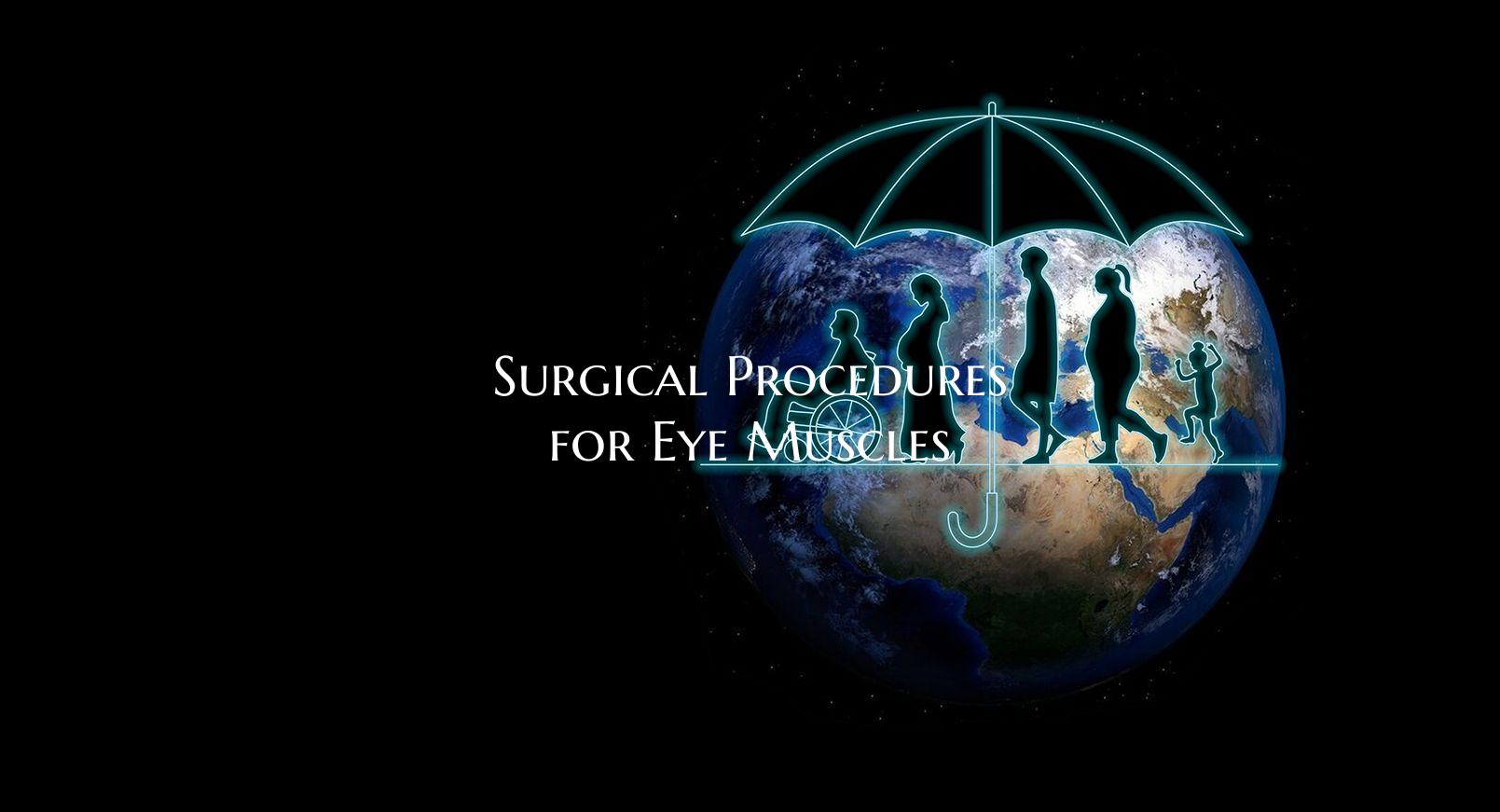
Surgical Procedures for Eye Muscles
Introduction
Surgical procedures for eye muscles, also known as strabismus surgery, are a viable treatment option for individuals suffering from eye misalignment, commonly referred to as strabismus. This condition can occur due to a variety of factors, including muscle imbalances or neurological issues. Surgical interventions aim to correct the alignment of the eyes, improve binocular vision, and enhance overall quality of life for patients.
Types of Eye Muscle Surgery
1. Recession: In this procedure, the weakened muscle is surgically moved back on the eye to weaken its action. This helps to correct the eye misalignment and improve alignment.
2. Resection: Conversely, in resection surgery, a portion of the muscle is removed to strengthen its action, thereby restoring balance and alignment to the eyes.
3. Adjustable Sutures: Some surgeons opt for adjustable sutures during eye muscle surgery. This technique allows for fine-tuning of the muscle position post-surgery, ensuring optimal alignment and improved outcomes.
Preparation for Eye Muscle Surgery
Prior to undergoing eye muscle surgery, patients will undergo a comprehensive eye examination to assess the extent of misalignment and determine the appropriate surgical approach. It is crucial to inform the treating ophthalmologist about any pre-existing medical conditions and medications to ensure a safe and successful surgery.
Recovery and Postoperative Care
Following eye muscle surgery, patients may experience mild discomfort, swelling, or redness, which can typically be managed with prescribed medications and eye drops. It is essential to follow postoperative care instructions diligently and attend scheduled follow-up appointments to monitor progress and address any concerns.
Conclusion
Surgical procedures for eye muscles play a crucial role in correcting eye misalignment and improving visual function in individuals with strabismus. By understanding the types of surgeries available, preparing adequately, and adhering to postoperative care instructions, patients can achieve improved eye alignment and overall quality of life. Consultation with a qualified ophthalmologist is essential to determine the most suitable surgical approach for individual needs.